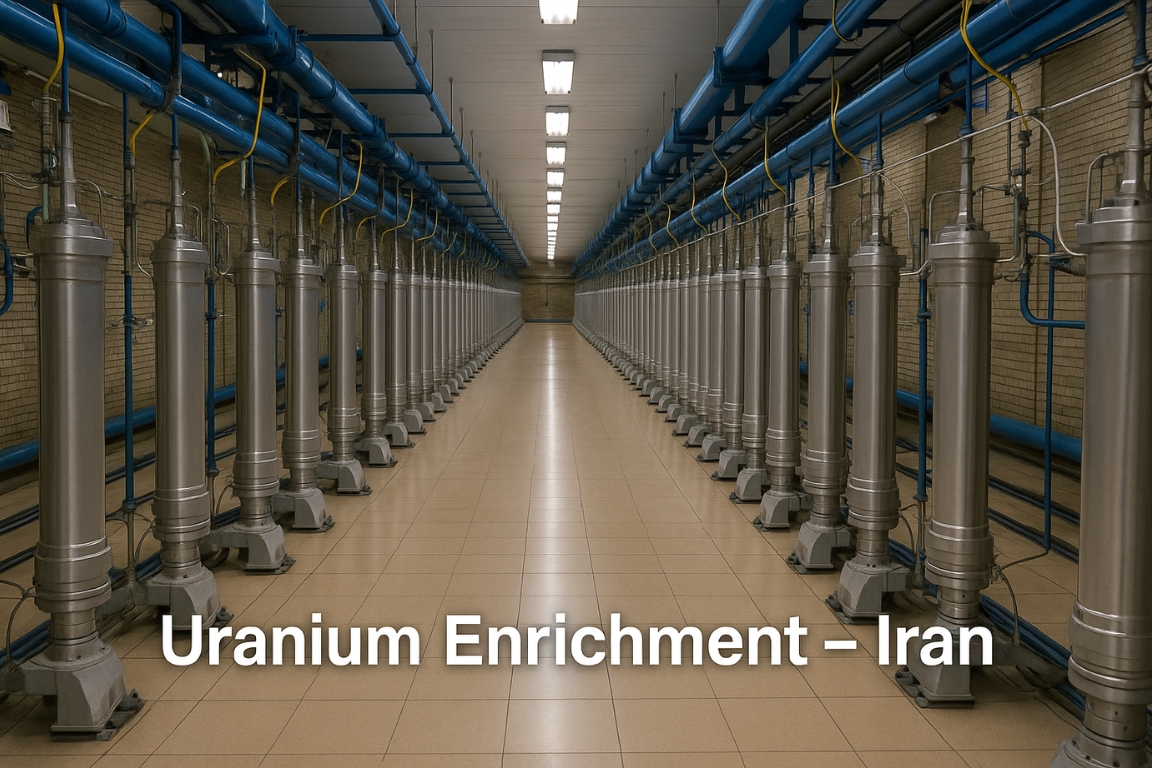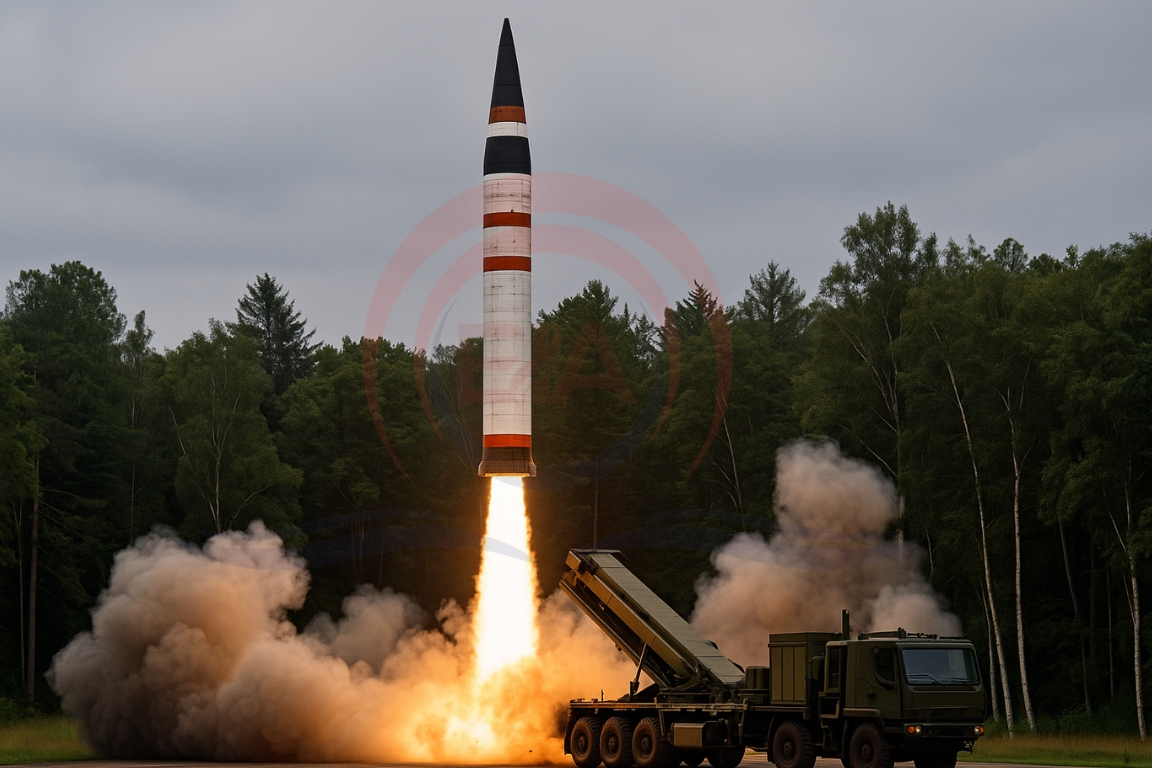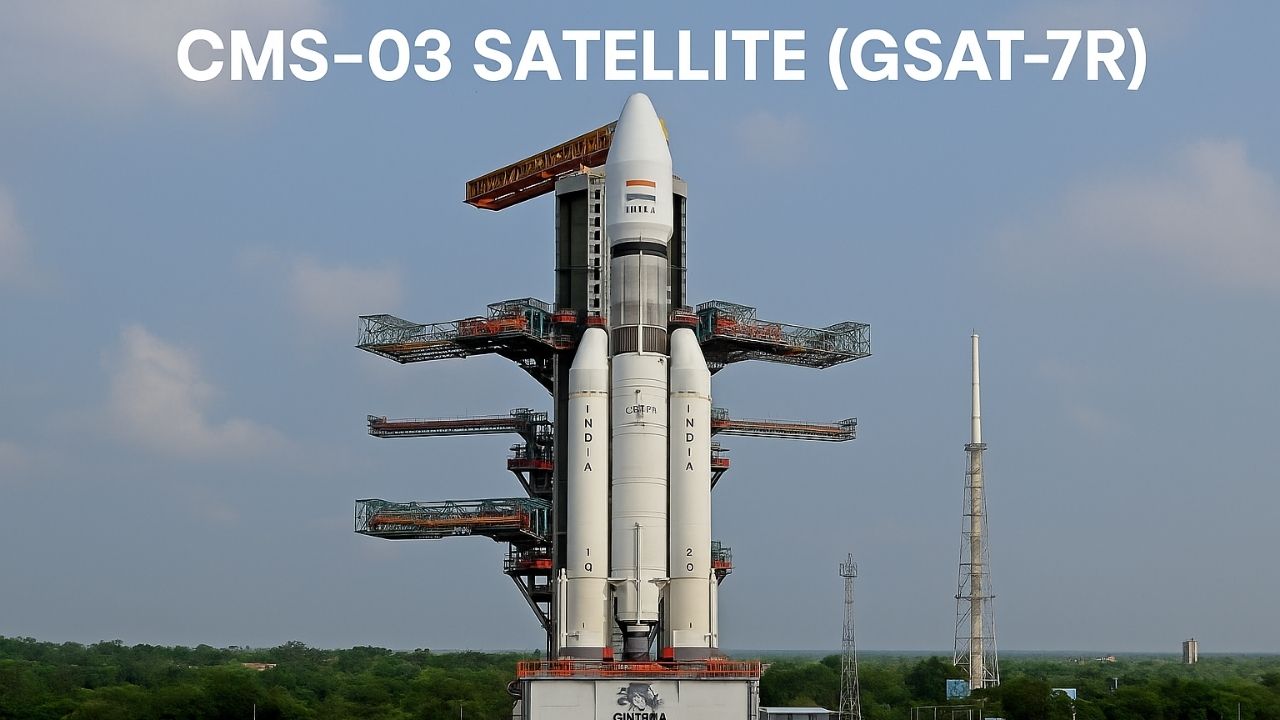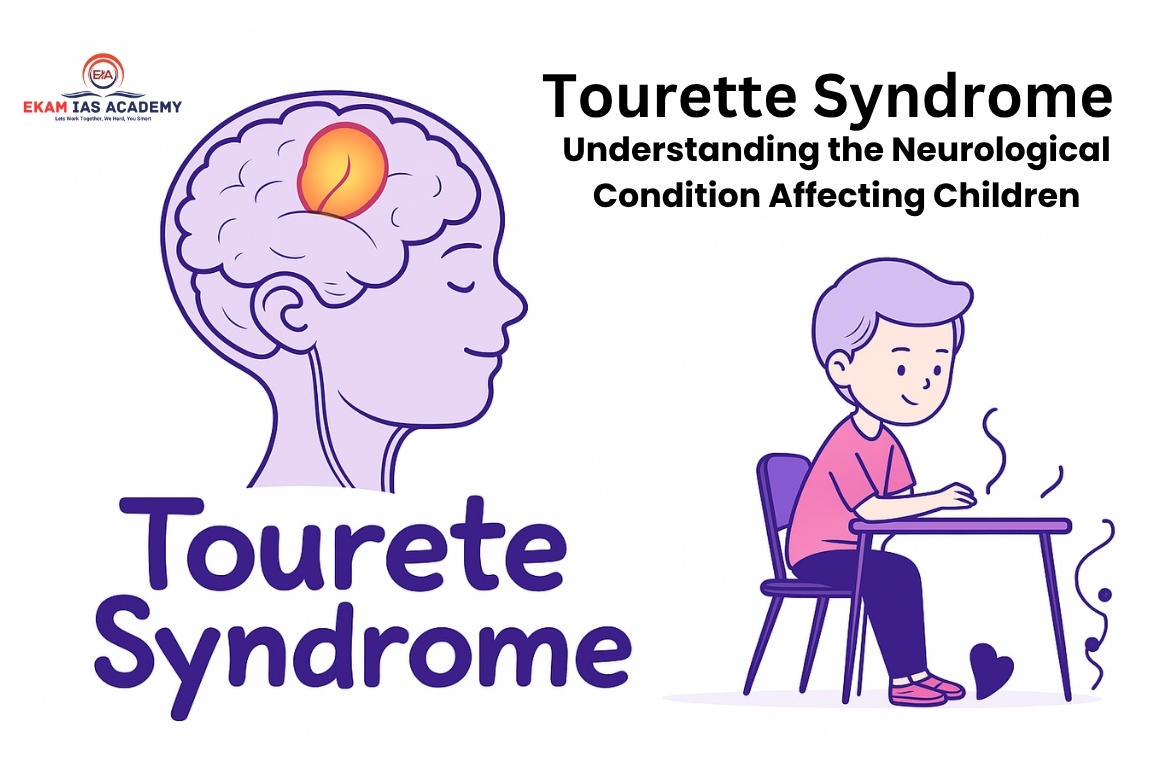Iran’s Supreme Leader recently stated that Tehran has enriched uranium up to 60% U-235 but will not pursue weapons-grade enrichment (~90%). This has drawn international attention due to proliferation concerns.
What is Uranium Enrichment?
- Definition: Process of increasing the proportion of U-235 isotope in uranium.
- Natural Uranium: Contains only 0.7% U-235, rest mostly U-238.
- Purpose: Enrichment allows uranium to be used in reactors or weapons depending on concentration.
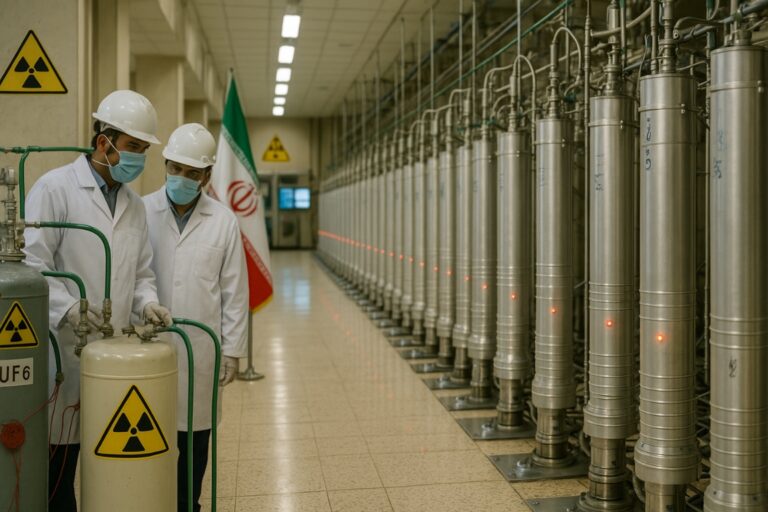
Types of Uranium Enrichment
1.Low-Enriched Uranium (LEU, 3–5% U-235):
- Used for civilian nuclear power reactors.
2.Highly Enriched Uranium (HEU, >20% U-235):
- At 90%+, becomes weapons-grade.
- Can be used for efficient nuclear weapons.
Methods of Enrichment
- Gas Centrifuges: Physically separate U-235 from U-238.
- Technology Requirement: Advanced infrastructure and technical expertise needed.
Implications of Enrichment
- Low Enrichment: Safe for energy generation, minimal proliferation risk.
- High Enrichment: Increases nuclear weapon risks; shortens time to weapon-grade material.
Iran’s Uranium Enrichment Program
- Declared Program: Uranium enriched to 60%, claimed for peaceful purposes.
- Civilian Use Irrelevant: 60% enrichment is not suitable for reactors; mainly reduces “breakout time” to weapons-grade.
- IAEA Monitoring: Reports significant stockpiles at 60%, raising global concerns.
Geopolitical Context
- JCPOA (2015): Limited Iran to 3.67% enrichment; collapsed after U.S. withdrawal in 2018.
- Strategic Dimension: Iran maintains nuclear threshold capability for deterrence and negotiation leverage.
- International Concerns: Western nations see 60% enrichment as threatening, while Iran defends it as a bargaining and security tool.


